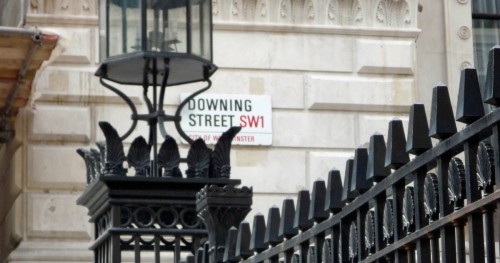Freelancers' Questions: How to price services as a freelancer?

Freelancer’s Question: I’ve read, the Freelance UK article, on how to charge for one’s services as a freelancer, but I’m still unsure about, certain aspects of pricing,, such as ‘trade’ price and ‘retail’ price. Also, how should I come up with an hourly, rate for my time and expertise as a freelancer?
Expert’s Answer: Business Link provides some general guidance, on the ways as business can price, a product or service it supplies. But if you’re still not sure, try the following, formula:
How to set your trade and retail, price
TRADE price = Cost of, materials + hours spent on the piece/project multiplied by your hourly rate.,
RETAIL price = TRADE price + margin (as a %).
Let’s take an example. Assume you’re designing jewellery as a freelancer. A, ring and materials costs £80 (including gas and studio rent), and it took you 3, hours to make at an hourly rate of £25. So:
TRADE price = 80 + (3 x 25) = £155, RETAIL price = £155 + 30% = £201.50
How to set your margin
As a freelancer running your own business, of whatever hue, you set your own, margin. You might wish to consider setting it high enough so you can offer a discount, but you, obviously still to need to make a profit.
You also set your own hourly rate. Set it high enough so you can make a, living without having to work all the hours God sends but, similarly, consider, the value in offering a discount (to repeat trade customers).
Working out your hourly rate
A good rule of thumb: your hourly rate should be your ideal annual salary, divided by 1,000 hours, so £35,000 P/A = £35 per hour. Why 1,000? Because a, calendar year = 1000 working hours, give or take.
Of course you can work out your hourly rate more scientifically than that,, and would have to if doing a, business plan (that would need to factor in costs, you incur from rent/mortgage,, loans, gas, electricity, petrol, council tax etc)
Separating business and living costs
But the formula above separates your business costs from your living costs., Don't forget to include studio rent and power etc in the business cost, as well, as tools, storage of materials, insurance etc. You can break that down hourly, as well across 1,000 hours.
The other even easier but less scientific way to set your price is to look, at what similar things sell for and price accordingly. Ask a friendly retailer, what their margin is and that will get you to the trade price. As an example,, if a necklace is selling for £150 and their margin is 40%, the trade price was, (150/1.40=) £107
Three ways to test your price
But remember, your price as a freelancer must:
a) cover the cost of the materials; and
b) cover your cost of living; and
c) provide you enough of a buffer, or financial padding, that it won't be, financially disastrous if the goods/ piece/product takes time to sell.
This third option - c) - is important - it's called cashflow! Selling for, less than that = a loss. Never, price your work so cheaply you can't make a living off it.
The, expert was Jonathan Baldwin, a freelance designer and contributor to the Vanilla Ink blog.



Comment
Log in or create your account to react to the article.